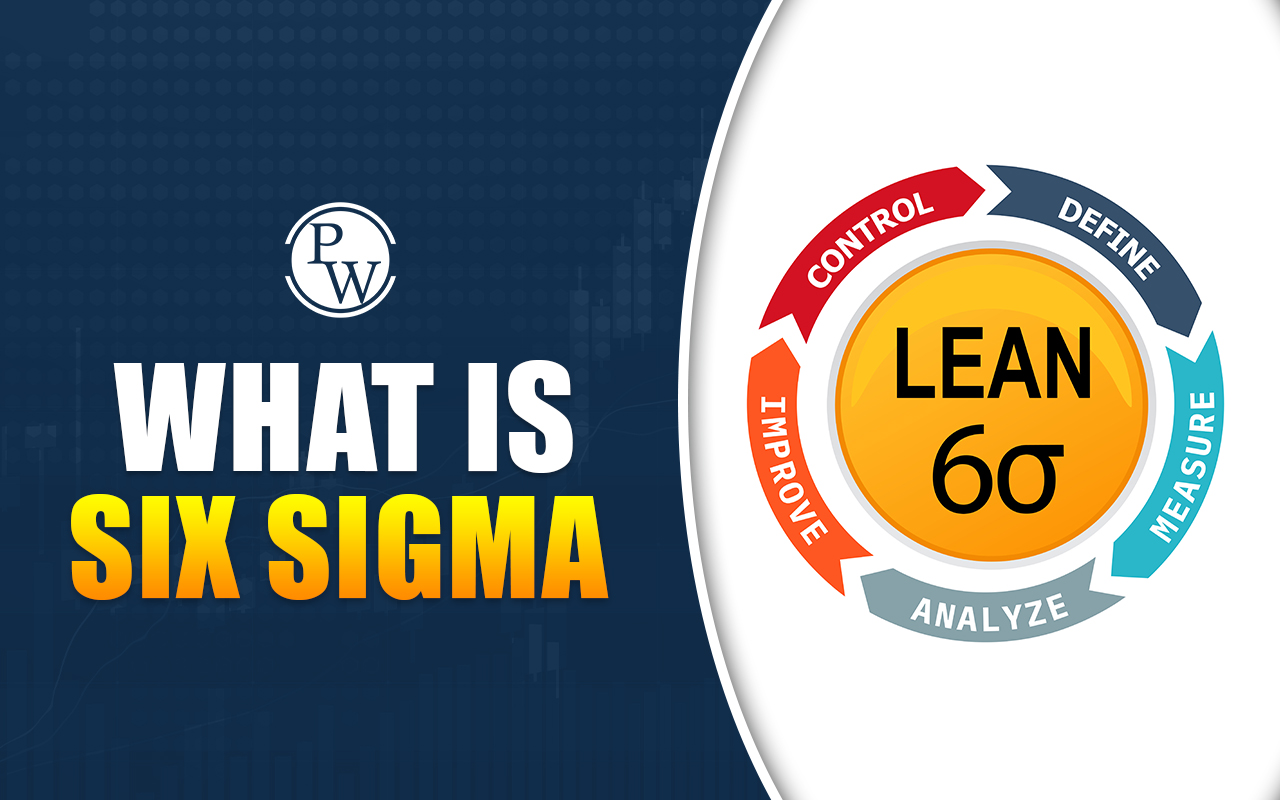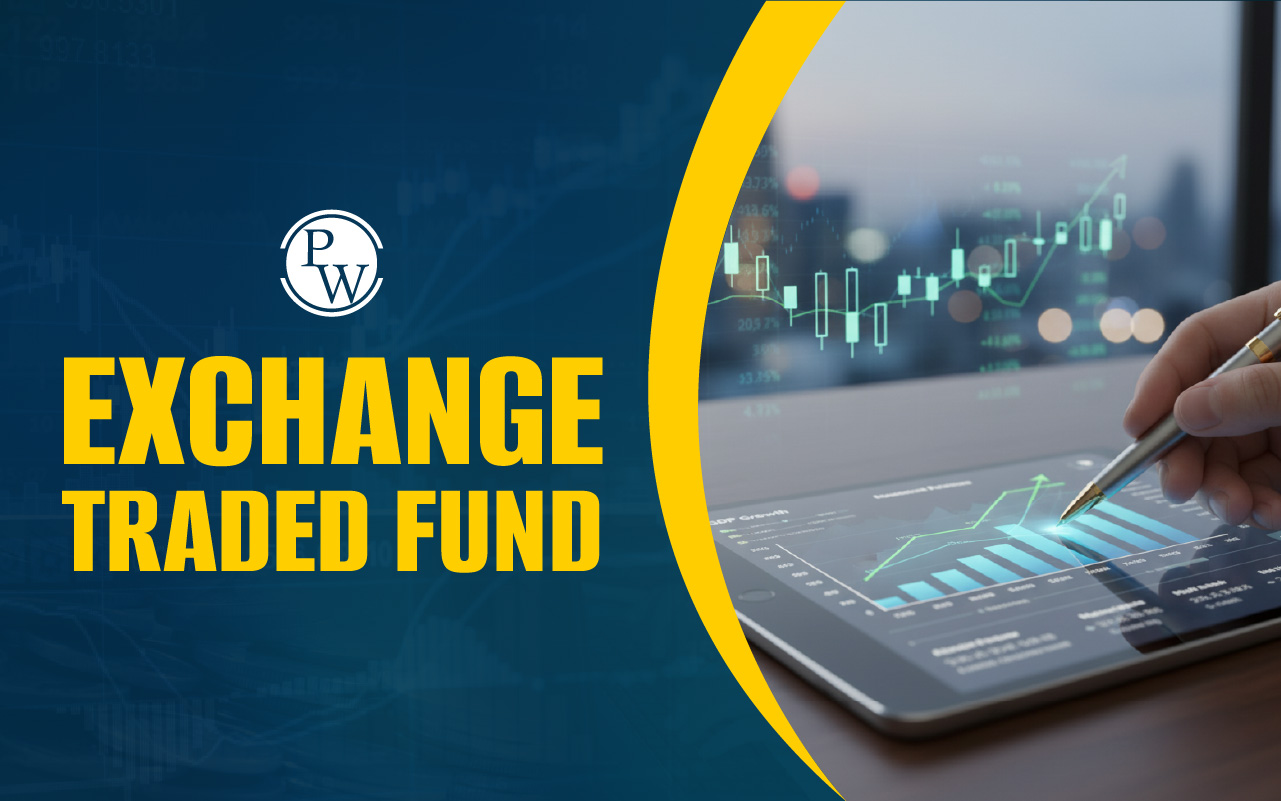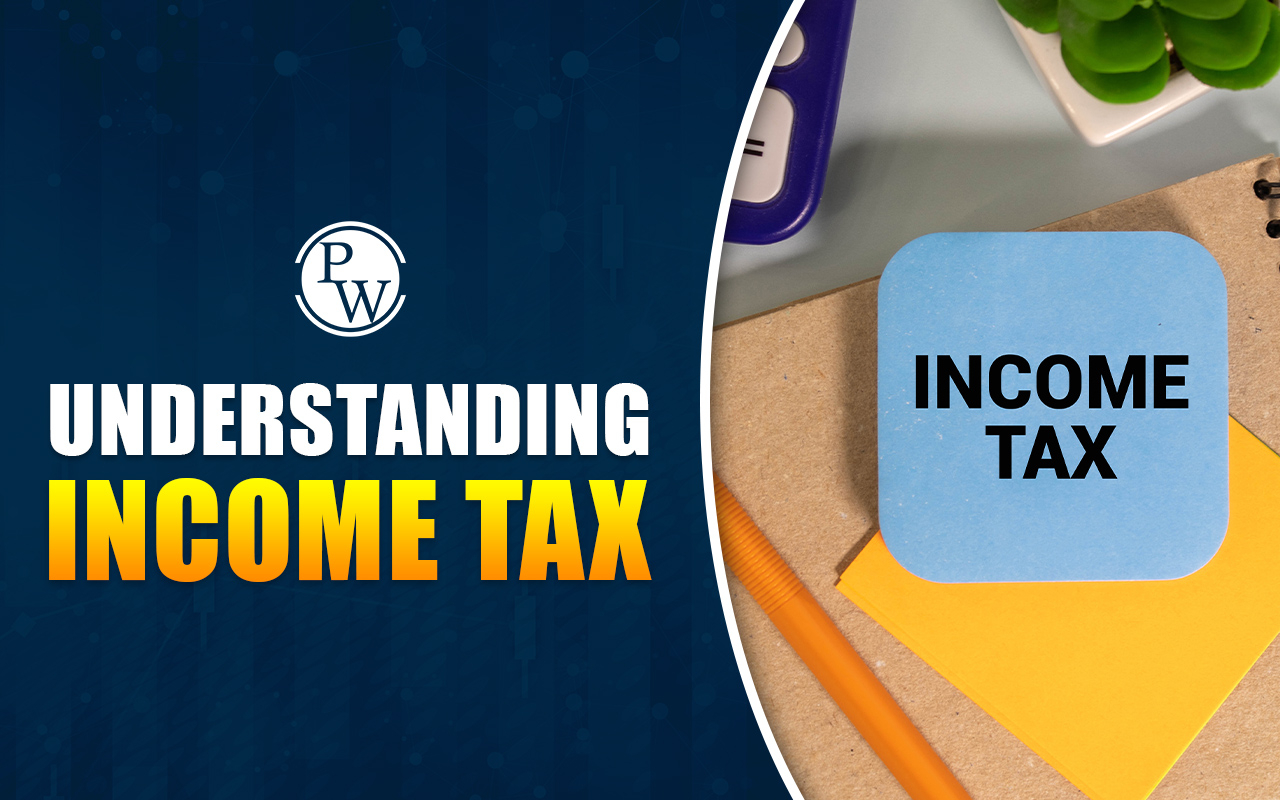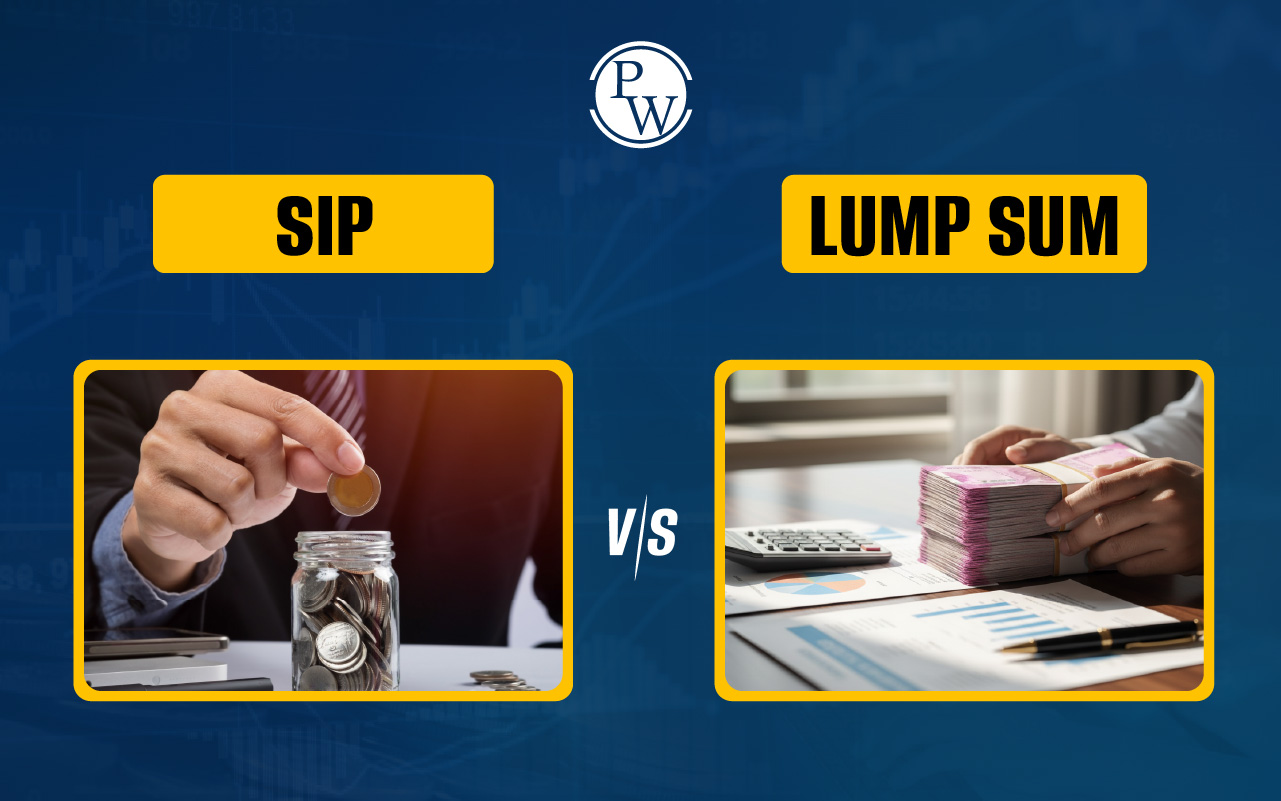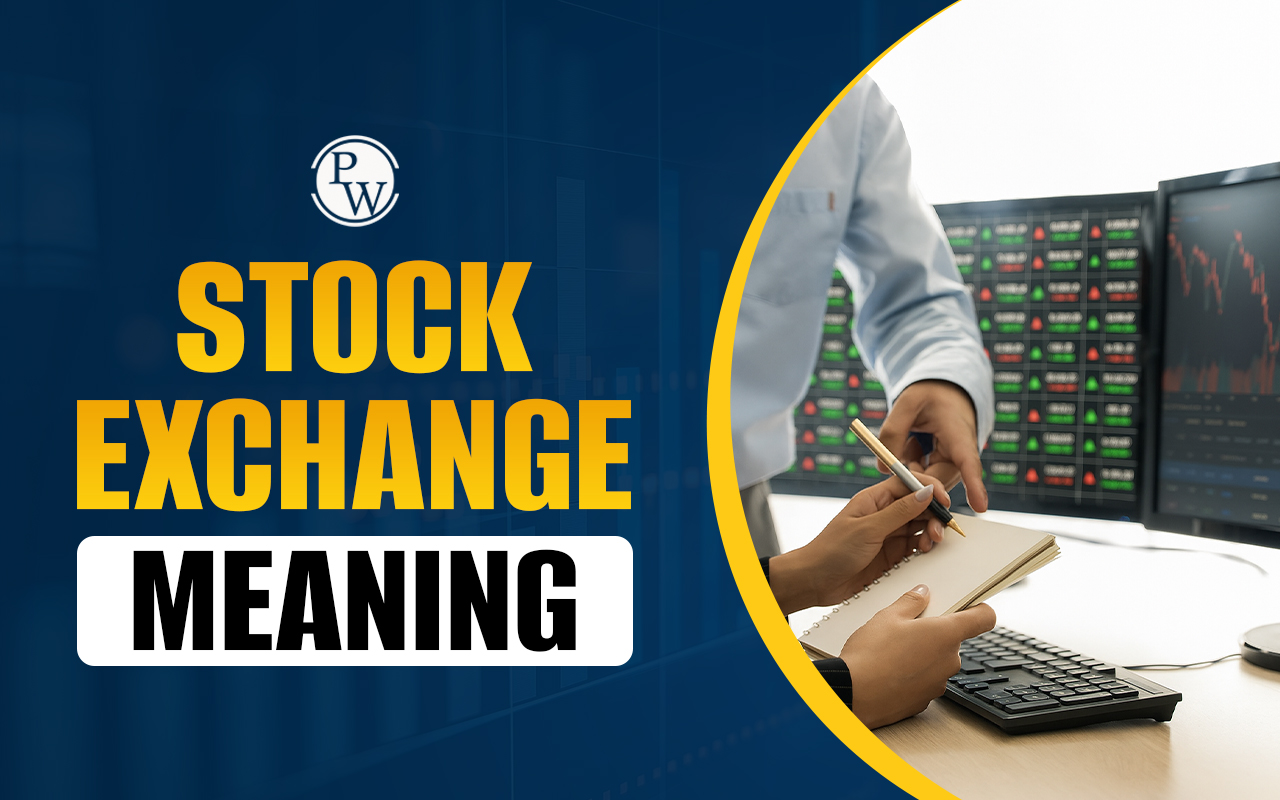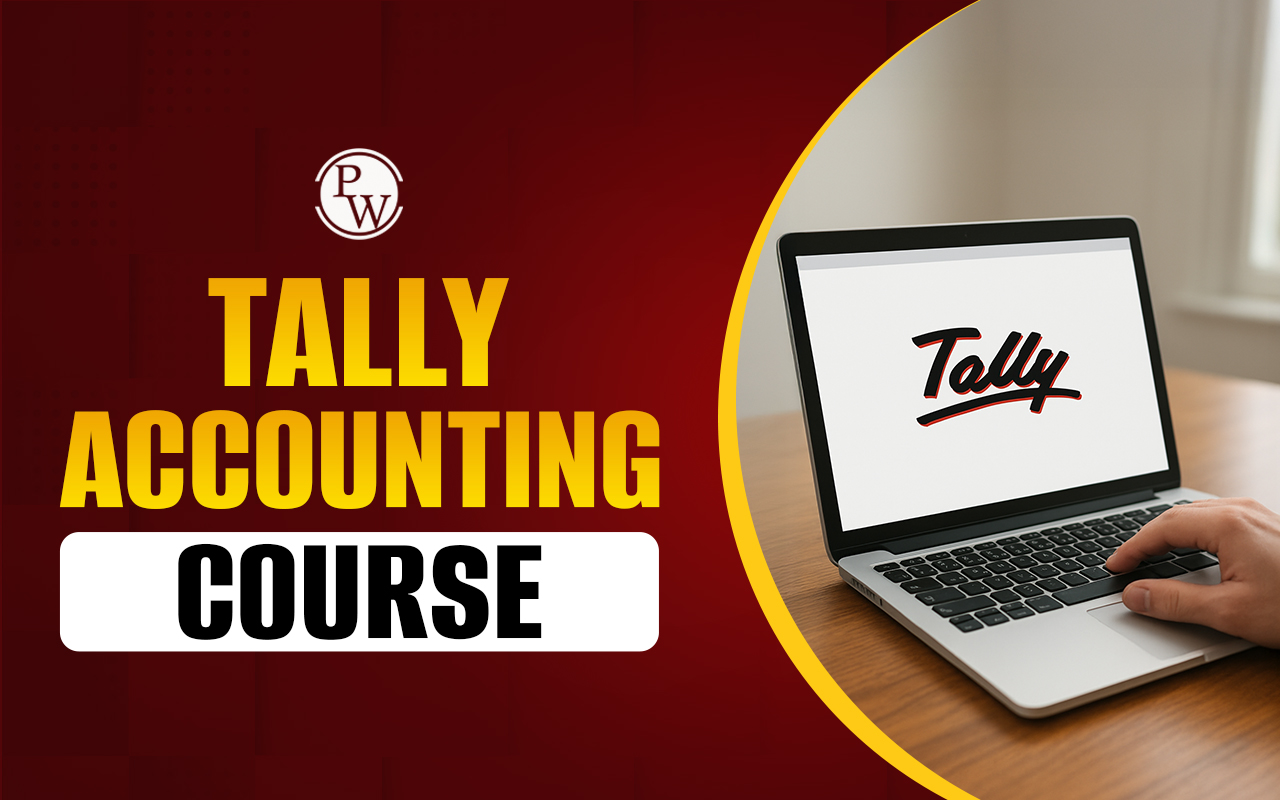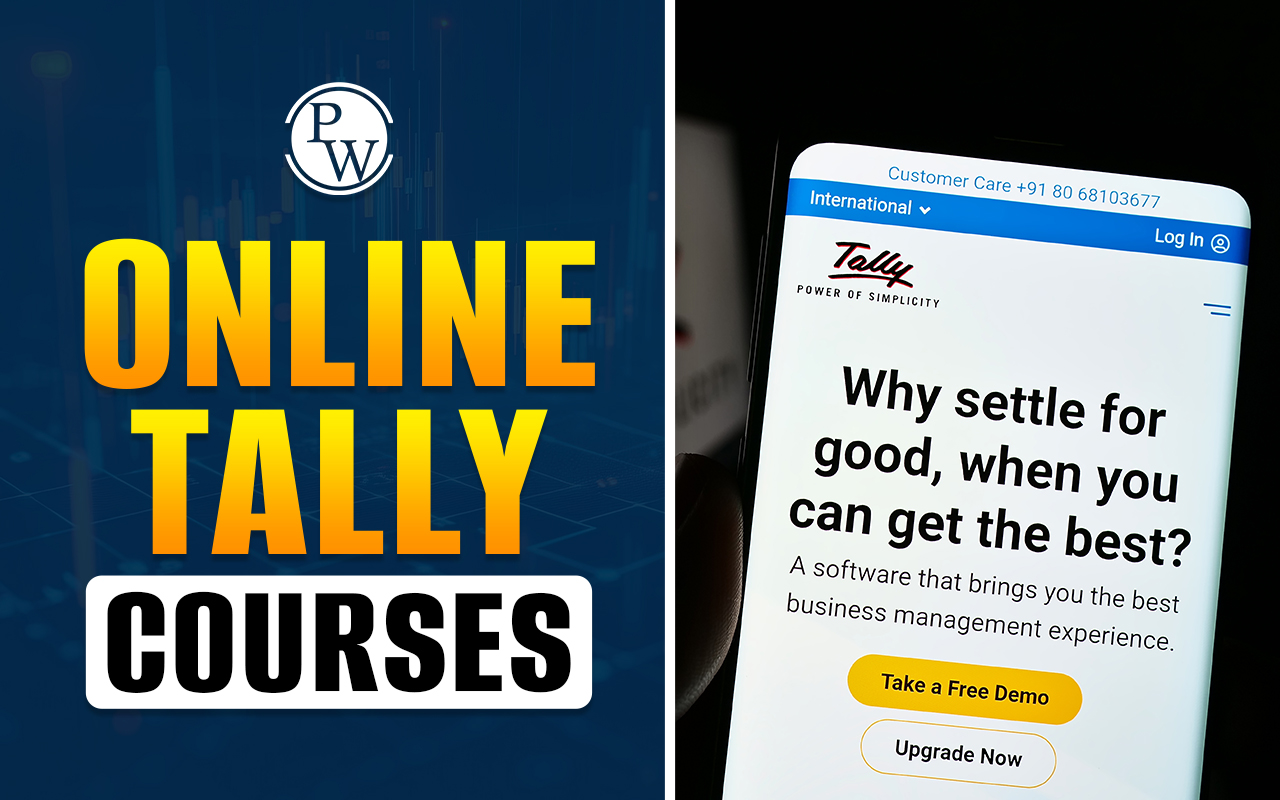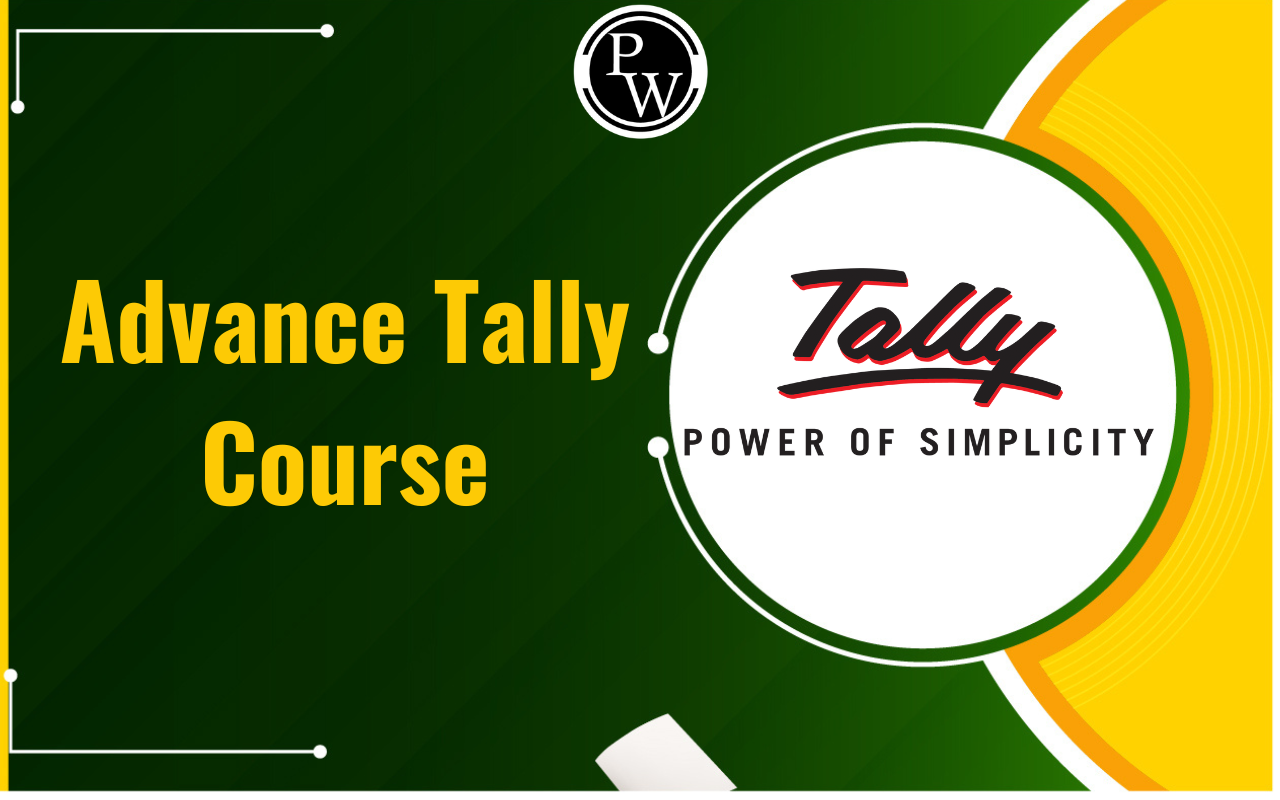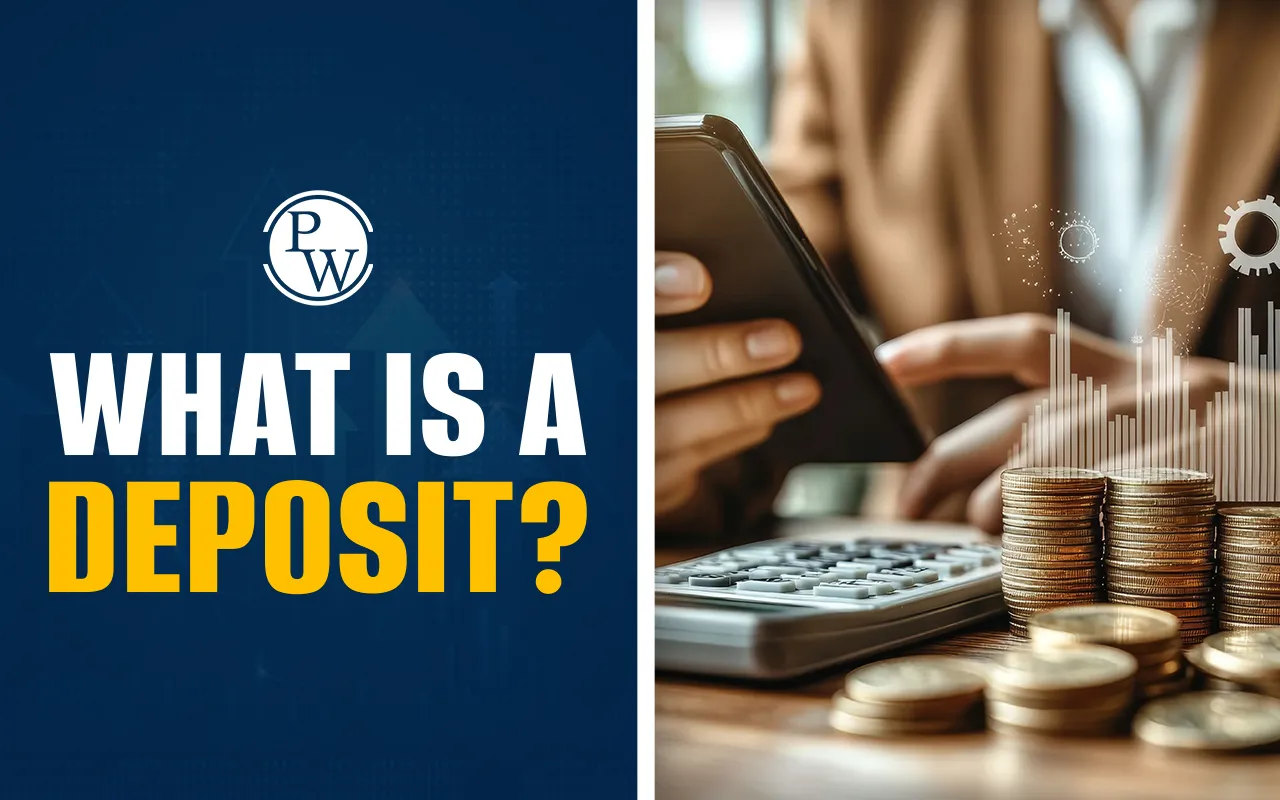
Value Added Tax (VAT) is a widely used indirect tax that applies to the sale of goods and services. This tax is collected by businesses at each stage of the supply chain and is then paid to the government.
One important thing to note is that VAT is charged only when goods are sold within the same state. So, for VAT to apply, both the buyer and the seller must be located in the same state.
Here, what is VAT explained. Read about its calculations, principles, rate, registration, and compliance.
What Is Value Added Tax?
Value Added Tax is an indirect, multi-stage tax levied at each step of production and distribution. Unlike a one-time sales tax, Value Added Tax applies throughout the supply chain, from the manufacturer to the retailer, whenever value is added to a product.
Here’s the simplest explanation of VAT: Imagine a manufacturer produces a good and sells it to a wholesaler, who then sells it to a retailer, who finally sells it to a consumer. At every stage, a portion of tax is added to the product's value. The final consumer pays the full amount, but each business along the way only pays tax on the value they add. This system eliminates the cascading effect of tax-on-tax.
Unlike sales tax, which is only charged at the point of sale to consumers, Value Added Tax ensures transparency and helps prevent tax evasion through its invoice-based structure.
Understanding value added tax calculation is crucial to see how this process plays out, which we’ll cover next.
Value Added Tax Calculation
The value added tax calculation is fairly straightforward but critical for businesses. The formula looks like this:
VAT = Output Tax – Input Tax
Output VAT
This is the tax a dealer charges customers on taxable sales. Whether you’re a manufacturer, wholesaler, or retailer, once you’re registered, you must charge VAT on all applicable goods and services. The collected tax is referred to as output VAT.
Input VAT
This is the tax a business pays on its purchases of raw materials or goods for resale. When a business buys from another VAT-registered entity, they pay input VAT. This amount can be claimed back, reducing the total tax liability.
Read More - All You Need to Know About Tax Credits in India
Example of Value Added Tax Calculation
If a wholesaler buys goods worth ₹1,00,000 and pays ₹5,000 as input VAT, then sells it to a retailer for ₹1,20,000 and collects ₹6,000 as output VAT, their VAT payable to the government is:
₹6,000 (output) – ₹5,000 (input) = ₹1,000
Thus, they only pay VAT on the value they added (₹20,000), not the total amount.
This kind of system increases tax transparency and supports effective trade practices while keeping product prices stable for end consumers.
Principles of Value Added Tax
The principles of value added tax revolve around fairness, transparency, and economic neutrality. The following are the foundational ideas:
1. Multi-Stage Taxation
VAT is collected at every point of the supply chain, ensuring tax collection from all levels of commerce.
2. Input Tax Credit
Businesses can claim credit for taxes paid on purchases, ensuring there's no duplication of tax. This also encourages better accounting practices.
3. Self-Assessment
VAT relies on businesses to assess their tax liability and file returns accordingly. This increases efficiency and reduces administrative overhead for the government.
4. Destination-Based Consumption Tax
The tax is ultimately borne by the consumer in the location where goods/services are consumed. This is a fair system since it aligns the tax burden with consumption.
5. Prevents Tax Evasion
Because each buyer can only claim a tax credit if they receive an invoice from the seller, the system inherently discourages underreporting and black market activities.
All these principles of value added tax ensure it remains one of the most effective tax systems worldwide.
Rate of Value Added Tax in India
The rate of value added tax in India is not uniform across states, as VAT is a state-level tax. Each state decides the applicable VAT rates based on the nature of goods. However, the tax is usually classified into four categories:
1. Nil VAT Rate
Basic necessity items like salt or khadi are exempt from VAT. These are primarily unprocessed, unbranded products from the unorganized sector.
2. 1% VAT Rate
Luxury items like gold, silver, and precious jewelry are taxed at a nominal rate to support trade and maintain affordability.
3. 4-5% VAT Rate
Everyday essentials like medicines, cooking oil, coffee, etc., are typically taxed under this bracket to ensure reasonable pricing while contributing to the state revenue.
4. General VAT Rate (12-15%)
Items not classified under other categories, such as liquor, soft drinks, and luxury goods, are taxed at higher rates, often between 12.5% and 15%.
Knowing the rate of value added tax helps businesses determine pricing strategies and calculate their overall tax liability.
VAT Registration and Compliance
To participate in the VAT system legally, businesses must complete VAT registration. This process involves listing your company with the state's tax department, allowing you to collect and remit VAT.
The following are the steps for online VAT registration process
-
Visit the official VAT website of your state.
-
Navigate to the ‘Registration’ section.
-
Fill in all details and upload scanned copies of required documents.
-
Receive a temporary VAT number.
-
Upon verification, a permanent VAT registration number is issued.
Compliance doesn’t stop with registration. Businesses must regularly file monthly VAT returns, maintain records of transactions, and may be subject to VAT audits. All these steps ensure proper value added tax calculation and alignment with legal standards.
Read More - Difference Between Tax Planning and Tax Management
How We Charge VAT?
The process of how businesses charge VAT depends on the method of collection:
Invoice-Based Collection
This is the most commonly used method. Here, sellers issue invoices with the VAT amount clearly mentioned. Each step in the supply chain charges VAT on their value addition and claims credit for the tax already paid.
Account-Based Collection
Instead of invoices, this method calculates VAT based on the difference between total sales and allowable purchases. Though accurate, it's more complex and less commonly used.
Additionally, charge VAT collection is also divided by timing:
-
Accrual-Based: Records revenue and expenses when incurred, not when paid.
-
Cash-Based: Simpler, tracks payments when money changes hands.
Regardless of the method, proper invoicing is crucial. It builds a strong audit trail and helps prevent VAT fraud.
VAT Fraud and Risks to Businesses
VAT fraud can have serious consequences. Participating, knowingly or unknowingly, in fraudulent VAT schemes can result in:
-
Loss of your input tax credit claims.
-
Penalties and fines by the revenue department.
-
Legal consequences and reputational damage.
Common types of fraud include issuing fake invoices or claiming input tax credit on non-taxable purchases. To safeguard your business:
-
Verify all invoices.
-
Maintain clear records.
-
Avoid transactions with unregistered entities.
Compliance not only ensures legal protection but also builds trust with stakeholders.
Why Understanding Value Added Tax Important?
Value Added Tax is more than a legal obligation, it’s a strategic component of financial planning for individuals and businesses. Whether you’re a student preparing for your finance career or a startup founder laying the foundation for your company, knowing how to handle value added tax calculation and compliance helps avoid costly mistakes.
As economies become more global, understanding VAT systems becomes essential for cross-border trade, pricing, and tax optimization.
Advance Your Career in Finance, Tax, and Accounting
PW Certificate Program in Finance, Tax, and Accounting is designed to help you master core financial concepts, boost your career prospects, and stay ahead in today’s competitive market. Whether you're a student or a professional, this course is your stepping stone to success.
FAQ
What is Value Added Tax?
How is Value Added Tax calculated?
Is VAT different from Sales Tax?
What is the standard rate of Value Added Tax in India?
Who needs to register for VAT?


